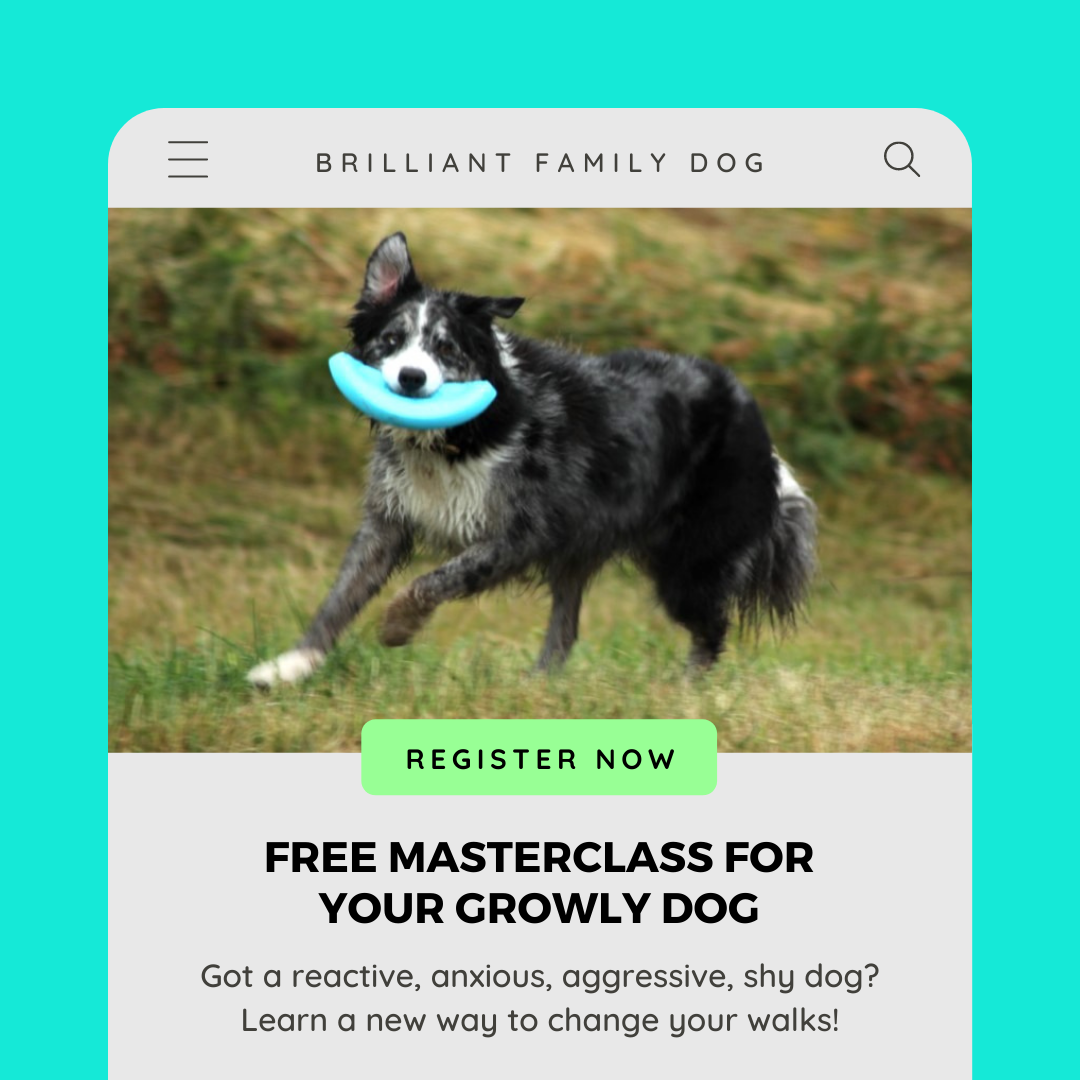Yannick took several minutes to study these new roadworks on our road before venturing nearer. You can see from his shadow how outstretched his neck was.
You don’t throw your frightened toddler into the deep end of the pool. You start by sitting on the steps of the baby pool, your toddler on your lap, and - after many sessions - eventually your child will be wanting to join the other children in the shallow end of the big pool.
Lessening fears and building confidence is a lengthy process achieved by slow desensitisation to the fear and gradual exposure to cause of that fear in small steps.
But we are human!
We are impatient!
“Oh, so I introduce my fearful puppy to another dog and it’ll all be fine!”
Nooooooo.
Not like that.
Confronting the fear full on right off the bat is called “flooding” and is known to make the fear worse!
There’s a right and wrong way to do this, and it seems that even experienced dog trainers can get it wrong if they don’t understand it.
I recently heard a dog trainer with quite a following, who normally follows a kind training method, reveal her mistake with her dog-fearful puppy.
She took her puppy to a new hall, positioned another owner and puppy at the other end, came in and closed the door behind them.
Chaos! The puppy was terrified and shrieked and they had to decamp fast.
Credit to that trainer for publicly admitting her mistake.
Overwhelming the dog
What went wrong?
It was a new environment for her puppy
It was an enclosed space - no escape!
It was an artificial setup
It was all or nothing
What should she have done (and I believe did do after her realisation)?
Choose a familiar place, though not on your own property
An open outdoor space! No close boundaries of hedges or walls
Seeing the other dog at a distance as a natural occurrence on a normal walk
Plenty of opportunity to retreat and regroup
How to desensitise your fearful dog or puppy
It took a while for puppy Yannick to work his way towards this “goat” in the garden centre
Just how difficult is it to work this system?
It’s easy!
All you need is foresight, access to an open space with little opportunity of close contact with other dogs, and somewhere where there aren’t too many dogs, especially off-lead ones.
This may require a bit of research to find a suitable place and a good time to go there.
And it may take quite a while to build your dog’s confidence so they can say, “Hey-ho, another dog. Not to worry.”
But you can achieve this much faster, and without making simple novice errors, by joining us in From Growly Dog to Confident Dog.
You see I’ve been there before you, and so have my carefully-picked team of trainers.
We know how you feel!
And we know how to make life better for you and your dog.
Kick off with this free Masterclass and remember to start in “the baby pool”!
RESOURCES:
“Flooding is rarely used, and it can be dangerous.” https://www.simplypsychology.org/flooding.html
Flooding is “highly traumatic for patients and causes a high level of anxiety” https://www.tutor2u.net/psychology/reference/treating-phobias-flooding


















